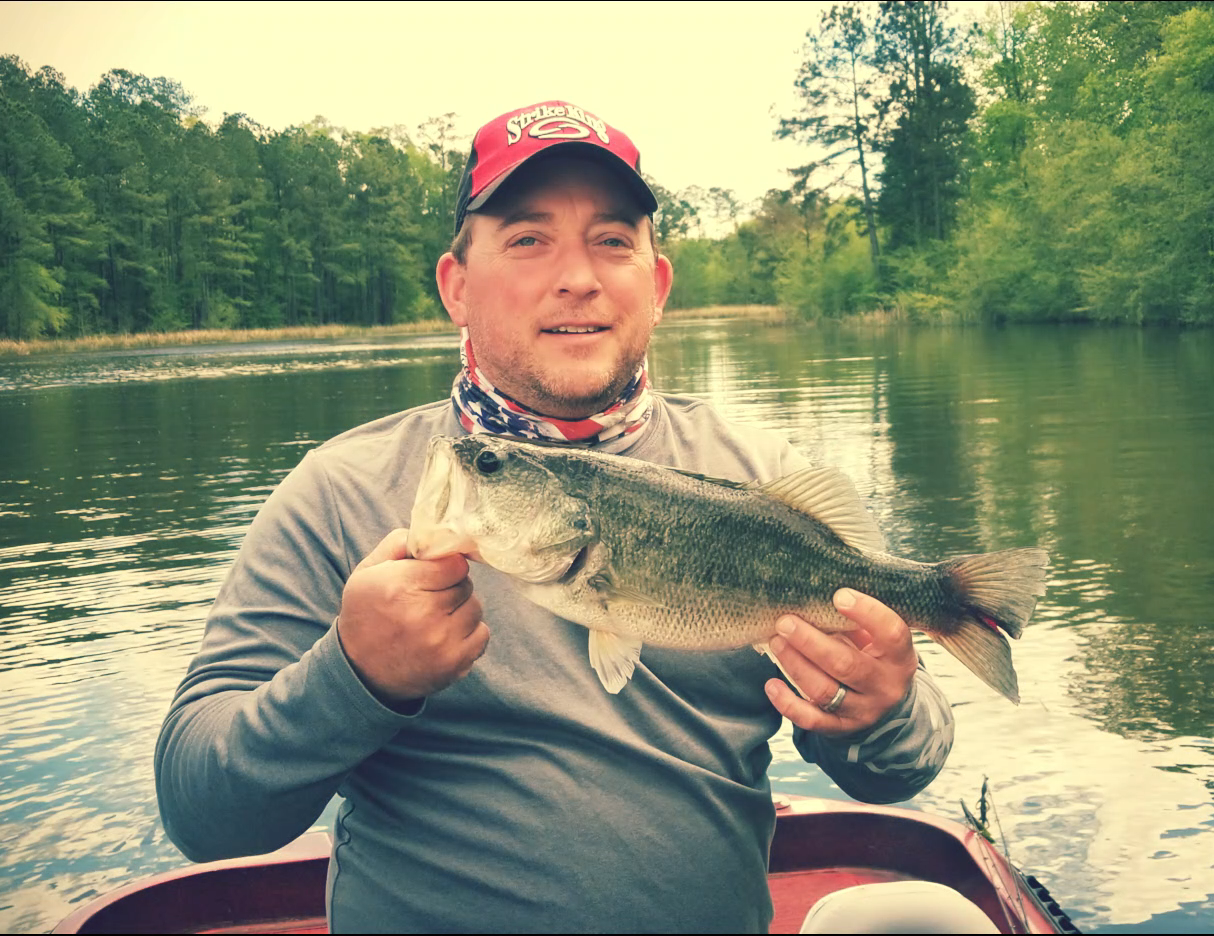Fishing strategies are crucial to upping your catch rate on any body of water. Sometimes dumb luck will put fish in the boat but better success comes through a little planning and forethought. Do you ever wonder how in the world people are having forty pound bags in tournaments? Back in March of 2017, Shane Burns and his fiancé Bonnie Kelly, had two back to back weekend tournaments in which they caught a forty pound bag. That is the kind of day every bass angler dreams of. If I caught five fish that averaged 8 pounds a piece in a tournament, I’d have a permanent, cheesy, Chiclet grin on my face. I can’t imagine. You could see my grin from outer space.
The question is, how. How did they do it? What is keeping me from doing the same thing? Below are some fishing strategies to consider the next time you get out fishing.
Lake Knowledge
Knowing your body of water well certainly gives you an advantage. Preparing for a recent MLF tournament at Watts Bar, Jacob Wheeler drove his Academy Sports rig 139 miles around the lake on practice day. He got to know the lake. Knowing where the cover and structure are in your lake, what time of year they typically spawn, and know what your local forage is critical to success on any body of water. That’s why guys in the pros typically do well on their “home lakeâ€. Knowledge comes from repetition. That means Get Out Fishing!!! What’s so bad about that?
Patterns
So what is a pattern? A pattern is repetitious fish behavior at a certain time of the year on a body of water. This affects fish locations, diet, and behavior. So, if the water is cold, bass are going to be eating whatever may present itself to them. They’re opportunistic feeders. They won’t expend a lot of energy so that means you’ll need to have a presentation that is slower, smaller, or really erratic to elicit a reaction bite. On the flip side, when the water is warm, the fish are more active and are more susceptible to moving baits, larger baits, and topwater. Think about the time of year, water temp, and migratory patterns of the fish, then tailor your attack based on that.
Lures
The easiest way to determine the bait type and color you should use is to observe the local fish forage at your lake and try to match it. If the fish our foraging on baitfish or crawfish, it’s a good idea to throw a lure in those particular shapes and colors. For instance, Shearon Harris has threadfin shad. When the fish are feeding on shad, I use a shad style bait like a crankbait or a swimbait. Obviously worms and crawfish work well too. Which to use depends on the pattern.
Electronics
Electronics really have changed the way we fish. Now, we can get over top of fish and actually see our bait on the graph and put it right in front of a fish. The units made by Lowrance, Humminbird, and Ray Marine are insane! (I personally have the Lowrance Hook 7x TS and Brian has the Lowrance 7x DS)Â Learn how to use this valuable tool and it will help you!
Equipment & Gear
Everything that you use can make or break you in fishing. Reels (I’m a fan of the Abu Garcia Revo SX baitcasting reel and the Lews Speed Spin 200 spinning reel), rods, line, hooks, baits, it all matters. Quality of equipment really does make a difference. I paid a hefty price in my mind for my Revo and Speed Spin but I’m still using them many years later. Quality means it will be enjoyed for years to come.
These are just some high level strategies you can use to put you on the path to success in catching fish no matter where you drop your line in the water. More specific strategies would be built spending time learning a specific body of water as laid out above and developing a fishing pattern that works best for you on your body of water. Our home lake is Shearon Harris. We made a video about the fishing strategy that we use to put fish in the boat there. Check it out on our YouTube channel!
